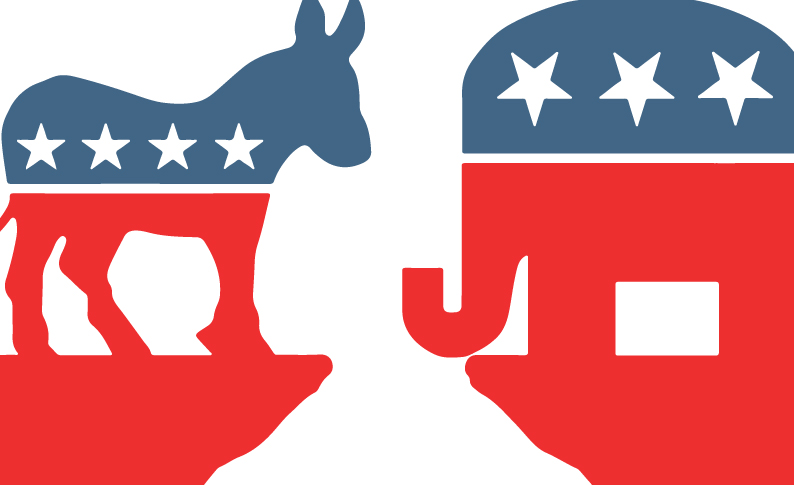
How partisan is the U.S.? Numbers offer some insight
Taking a side
Percentages of Democrats and Republicans who say they are more ________ than other Americans:
Partisans and partisan leaners in the U.S. electorate
About two-thirds of registered voters identify as a member of one of the two major parties, and they are roughly evenly split between those who say they are Republicans (32% of voters) and those who say they are Democrats (33%). Roughly a third say they are independents or something else (35%), with most of these voters leaning toward one of the parties. Partisan leaners often share the same political views and behaviors as those who directly identify with the party they favor.
The share of voters who identify as independent or something else is somewhat higher than in the late 1990s and early 2000s. As a result, there are more leaners today than in the past. Currently, 15% of voters lean toward the Republican Party and 16% lean toward the Democratic Party. By comparison, in 1994, 27% of voters leaned toward either the GOP (15%) or the Democratic Party (12%).
You can see a more detailed report on partisanship of American voters at the Pew Research Center here.
Partisan gaps on selected issues according to a 2022-2023 survey by Gallup:
You can find the latest data on partisan gaps in American on the Gallup site here.
Sources: The Pew Research Center, Gallup


